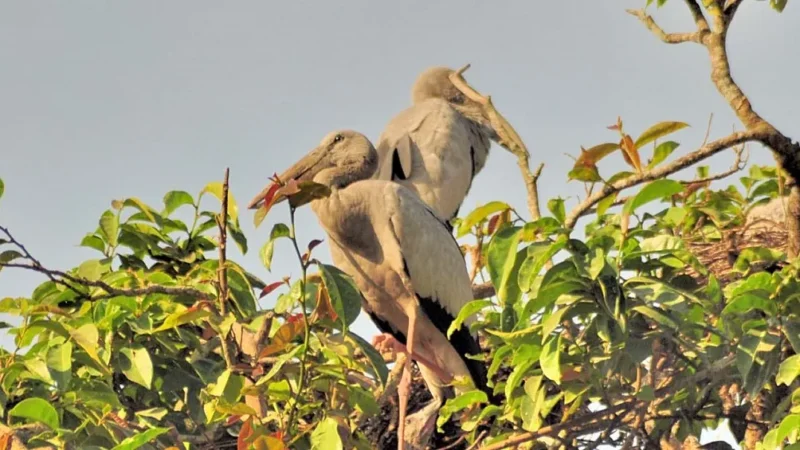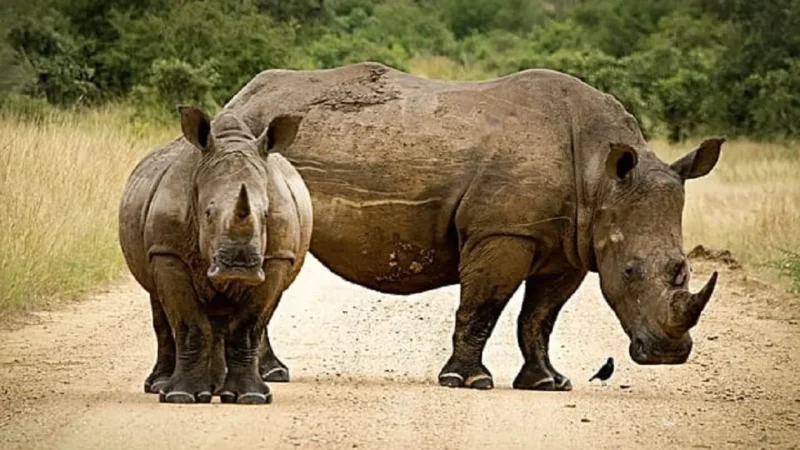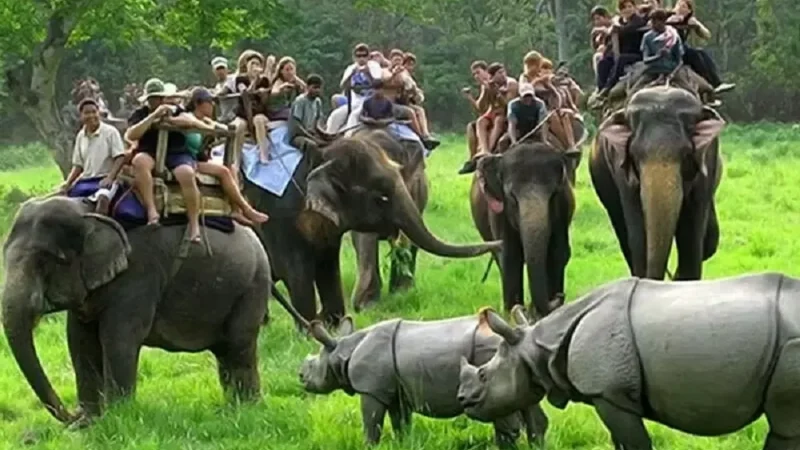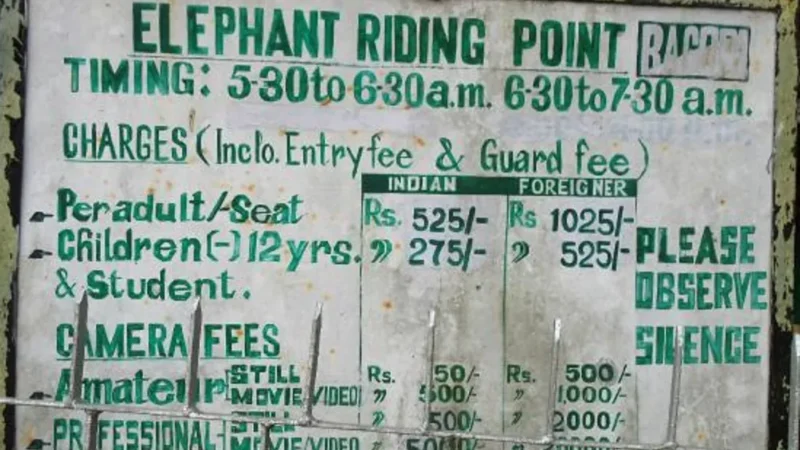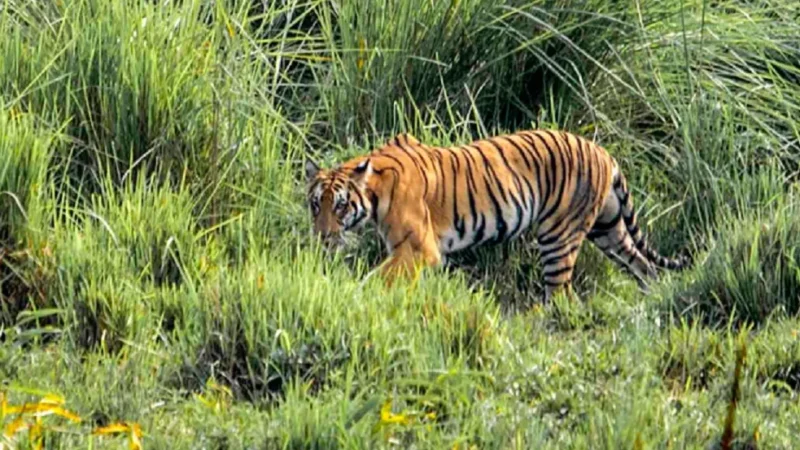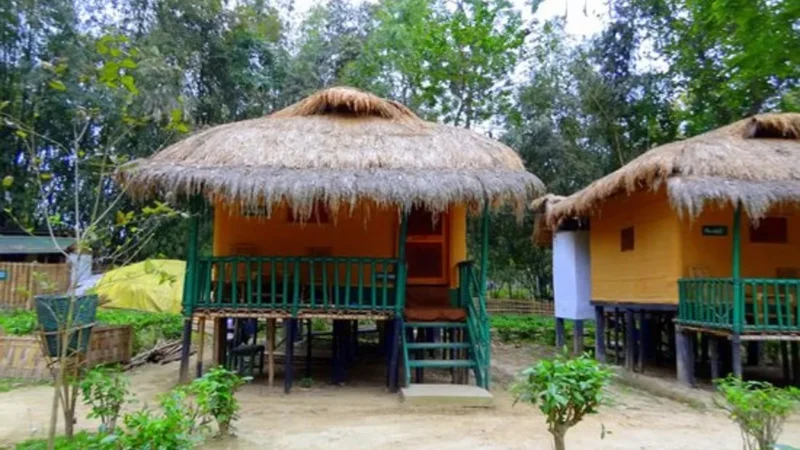Kaziranga National Park Safari
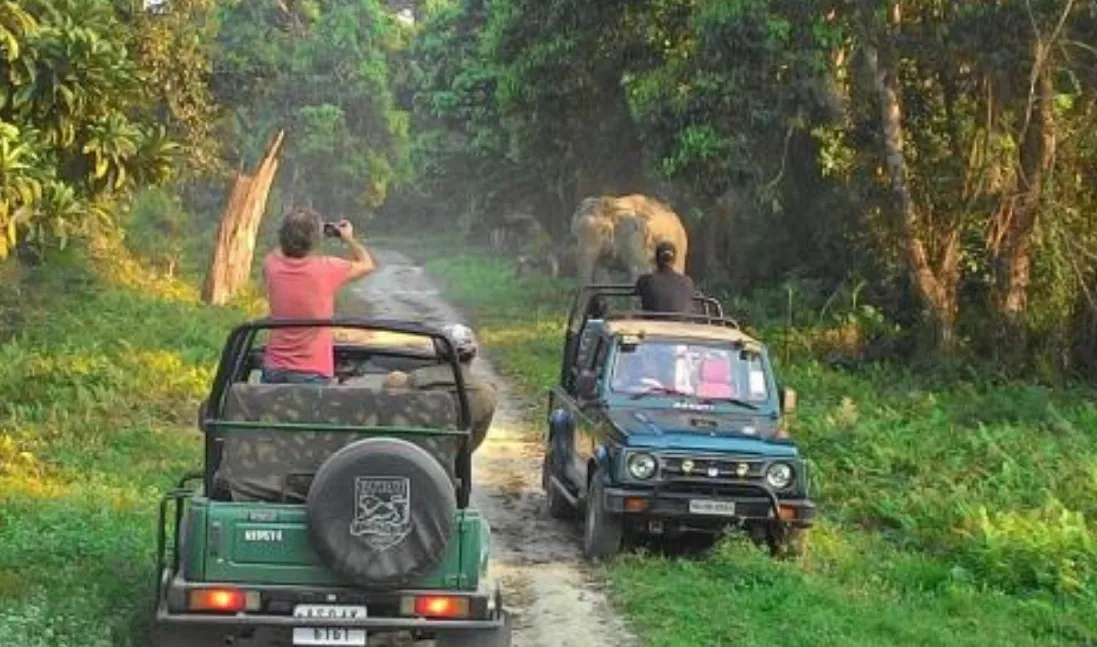
Safari at Kaziranga National Park-
Kaziranga National Park is famous for its wildlife safaris, and visitors can explore the park on elephant or jeep safaris. Here is some information about the safaris in Kaziranga National Park:
Safari in Kaziranga National Park-
- Elephant Safari: Elephant safaris are the most popular way to explore the park. Visitors can sit on the back of an elephant and move through the park’s grasslands, forests, and wetlands. The elephants are guided by trained mahouts who help in spotting the animals and navigate through the park. The elephant safari is the best way to get close to the one-horned rhinoceros, as elephants can move through the grasslands without disturbing the animals.
- Jeep Safari: Jeep safaris are also available in Kaziranga National Park. Visitors can hire a jeep and explore the park with a trained guide. The jeeps can cover more ground than elephants and navigate rough terrain. Jeep safaris are a good option for those who cannot climb on the back of an elephant.
- Safari Timings: The park opens at 7:30 am, and the last entry is at 9:30 am. The morning safari lasts about three hours, and visitors must exit the park by 12:00 pm. The afternoon safari starts at 1:30 pm, and visitors must leave the park by 4:30 pm.
- Safari Booking: Visitors can book the safaris through Kaziranga National Park’s official website or at the park’s entrance gate. It is advisable to book in advance, especially during peak season.
- Safari Rules: Visitors need to follow specific rules, like not disturbing the animals, not littering, and staying inside the designated safari zones. Loud noises, smoking, and carrying plastic bags are strictly prohibited inside the park.
In conclusion, safari is the best way to explore the wildlife and nature of Kaziranga National Park. Elephant safaris and jeep safaris are the most popular options, and visitors can book them in advance through the official website or at the park’s entrance gate. It is essential to follow the safari rules to ensure the safety of the animals and the visitors.

